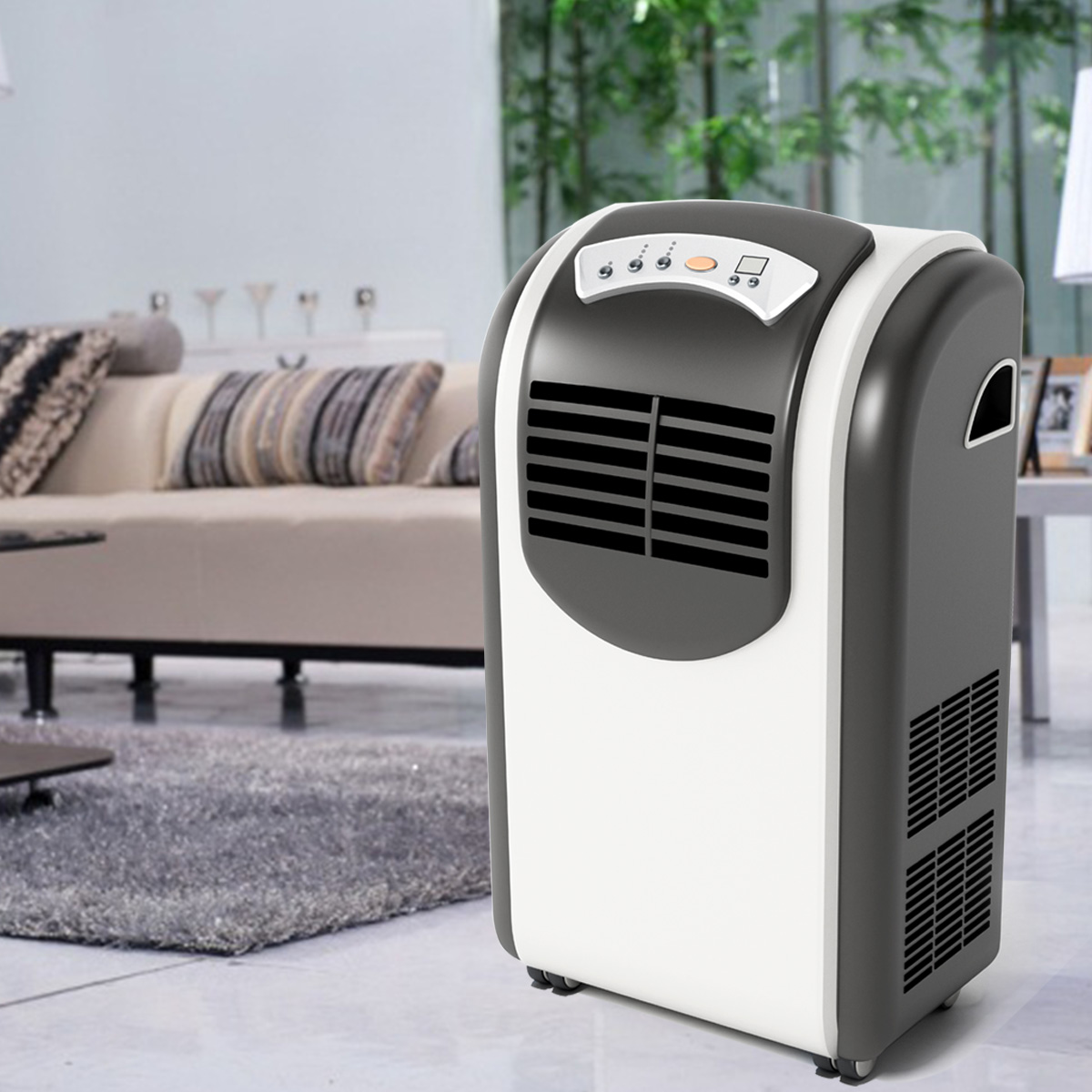According to the Environmental Protection Agency (EPA), indoor air pollution is among the top five environmental health risks we currently face. The best way to address the risk of breathing polluted indoor air is to eliminate the source of pollutants with ventilation and filtration. An air purifier can reduce the concentration of airborne pollutants and allergens in a designated area. The amount of pollutants removed by an air purifier will differ, depending on the specifications of the particular unit.
Air quality is integral to good sleep. Unfortunately, a wide assortment of contaminants-including dust mites, microbes, bacteria, viruses and volatile organic compounds (VOCs)- are commonly found in bedrooms. To cleanse their sleeping areas of contaminants, as well as unpleasant smells, many sleepers turn to air purifiers. These devices can benefit sleepers with allergies and asthma, as well. Air purifiers rid rooms of contaminants using either active purification, which converts chemicals and gases into harmless molecules; or passive purification, which extracts contaminants using a built-in filtration system. Most air purifiers sold today fall into four categories based on their design: HEPA (passive), activated carbon (passive), ionizer (active), and ozone (active). Additionally, some models utilize two or more of these systems, as well as active purification UV technology. Our research indicates that purifiers with HEPA and/or activated carbon filtration systems tend to produce the best results.
When looking for an air purifier for your home, you’ll notice that certain features keep popping up-elements that manufacturers highlight in order to get you to buy their product. When you’re comparing two or more air purifying devices there are really only a few key features you should care about. Anything else a product promotes is most likely just marketing hype to make a sale and you shouldn’t worry about it.
Every air purifier is designed to work best with with a specific type of filter. Each of these filters are manufactured to get rid of certain types of particles. Some air purifiers may feature only one type of filter, while others may contain a combination of two or more. When looking for the right air purifier for your home, it’s important for you to know which kind of particles each filter is best at removing. Then, you’ll know what product is best for your specific needs. HEPA filter, ionization, UV light and activated carbon filters, CADR rating, ACH rating, maximum space coverage and energy star certification are important for you to consider when looking for the best air purifier for your home. Keep these features in mind as you’re comparing different products.
When buying an air purifier, we recommend that you first identify your primary concern and understand what problems you are trying to solve with your purchase. Many of our customers look for solutions for allergies and asthma symptoms, while others have more specific concerns, like mold or pet dander. Whether your concern is to simply improve your indoor air or to remove smoke odor, we have the expert resources and an air purifier to meet your needs. See which air purifier may benefit you best: Recommended Air Purifiers for
*Allergies
*Smoke
*Pet Dander
*Asthma
*Mold
*Dust
Air purifiers are particularly beneficial to people with allergies and/or asthma. Air purifiers sold today fall into four general categories based on the type of filtration used: HEPA, activated carbon, ionizer, and ozone; some purifier models utilize more than one of these systems, as well as UV technology. Although high-end air purifiers can cost hundreds of dollars, shoppers can usually find models for $100 or less.
This guide will explore the purpose and functionality of air purifiers, tips for first-time buyers, and our picks for the top-rated air purifiers according to actual owners.
Eileen Song




